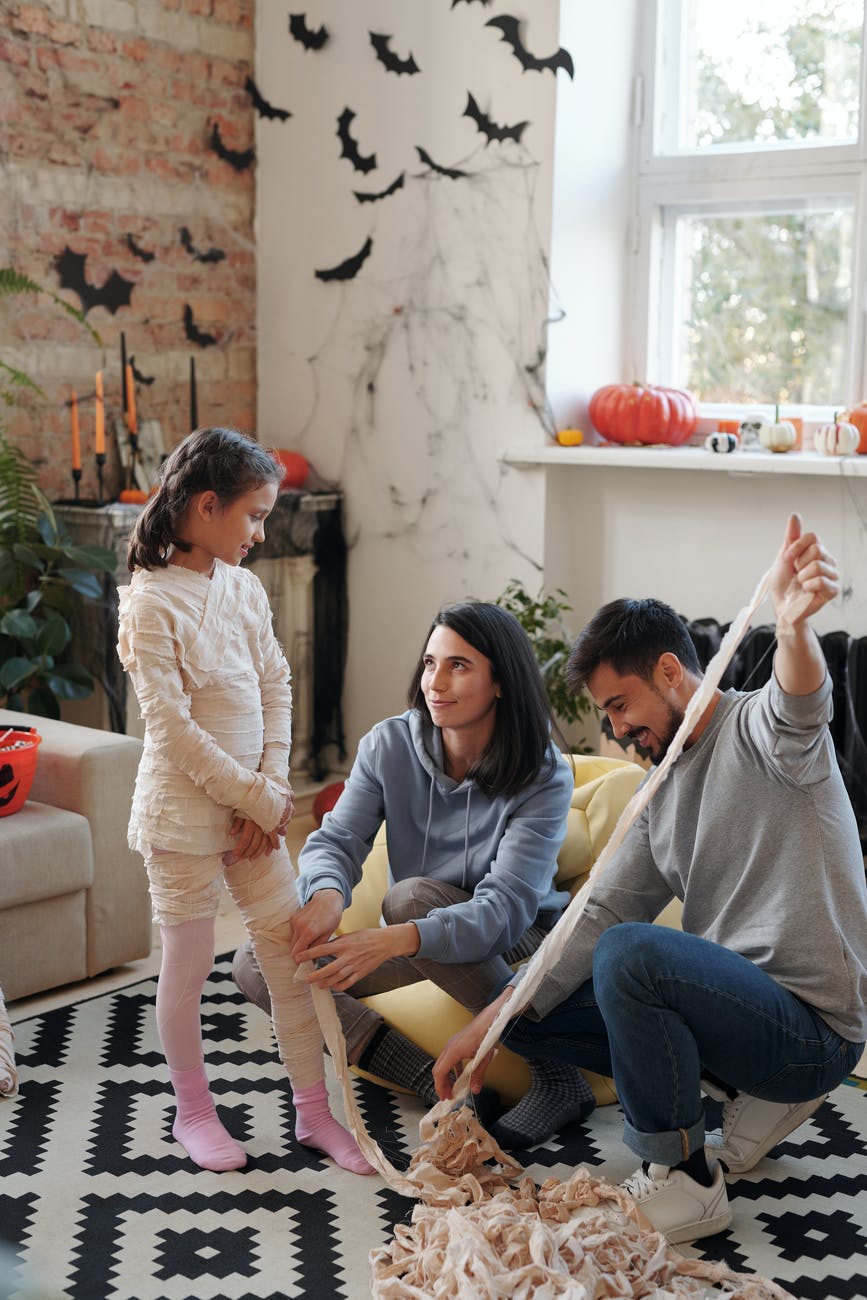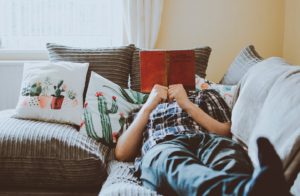Children with autism view the world differently than kids who are not affected by this disorder. Because of this, you need to make sure that your home is conducive to their needs. Before we discuss the ways that you can change your living space, let’s first talk about the qualities of autistic kids.
- Struggle with speech and language comprehension
- Difficulties with basic social interaction such as making eye contact
- Obsessive in their behaviors, activities, and interests
- Underreact or overreact to sensory stimuli
- Difficulties regulating and expression emotions
Remember that autism is not a single disorder but a spectrum. One family’s home might look totally different from yours depending on the symptoms they have with regards to social interaction, empathy, communication, and behavior. Figure out the needs of your child first and then implement changes to your home that will help them become their best selves while remaining safe. What we will discuss below are just basic guidelines for how you can best arrange your home for your autistic child.

1. Start with the sensory environment
As mentioned above, kids with autism tend to either under react or overreact to sensory stimuli. You want to decorate your home so that it’s just the right level of stimuli for your child. For instance, lighting. Your child might be sensitive to bright lights so you need to use soft lighting in most parts of your home. Maybe they like to touch soft textures so go ahead and incorporate that in your furniture like your sofa. Comparing couch brands can be a helpful way to find the best for you.
2. Create a dedicated workspace
One thing about autistic kids is that they get easily consumed by a certain thing. Unlike other kids, they get obsessive about a certain topic or activity. A dedicated workspace can really help them pursue these interests. Whether it’s watercolors or the solar system, you want them to have an area where all the materials they need are within easy access and they can spend as much time there as they want.
3. Have a system for everything
Kids with autism often have difficulties living independently when they become adults. While they’re still young, you want to instill in them life skills so that they can thrive on their own as they get older. To do this, you need to have a system for everything from doing laundry to the way food is organized in the cupboard. By having a specific way of doing everything, you teach your child how he can clean up after himself. It also helps to keep him on a schedule when performing these activities.
5. Space for sleep
It’s not uncommon for kids with autism to have difficulty sleeping. You can solve this by making sure that their room is conducive to sleep. Some basics include:
- Installing blackout curtains
- Using a white noise machine and a weighted blanket
- Opting for a mattress that doesn’t bounce too much
- Utilizing the bedroom only as a place of rest and not other activities
- Limit the use of electronic devices hours before bedtime
- Placing body pillows to encourage side sleeping or tummy sleeping
6. Consider open concept home design
Kids with autism feel more comfortable in areas that are open since they can see a space before entering it. If you don’t have the open concept floor in your home, you can still implement some changes to make your space feel more open. Remove visual and physical barriers so your child can easily move from one room to another. This also allows them to pace, which is a behavior that autistic kids often have.
Which of these tips do you already have implemented in your home? Share your thoughts in the comments below.
This is a contributed post and therefore may not represent the views of this blog or its author.



